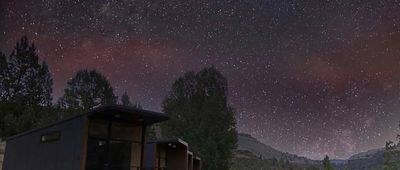The Big Move
When it comes to the most stressful times of your life, moving is up there with getting divorced, losing your job, or having a death in the family. And it makes sense — there are so many potential issues and problems to deal with.
So if someone is moving out of state, there’s probably a good reason motivating them. Here are the top states that people are moving out of — and the top 10 states that they’re moving into.































